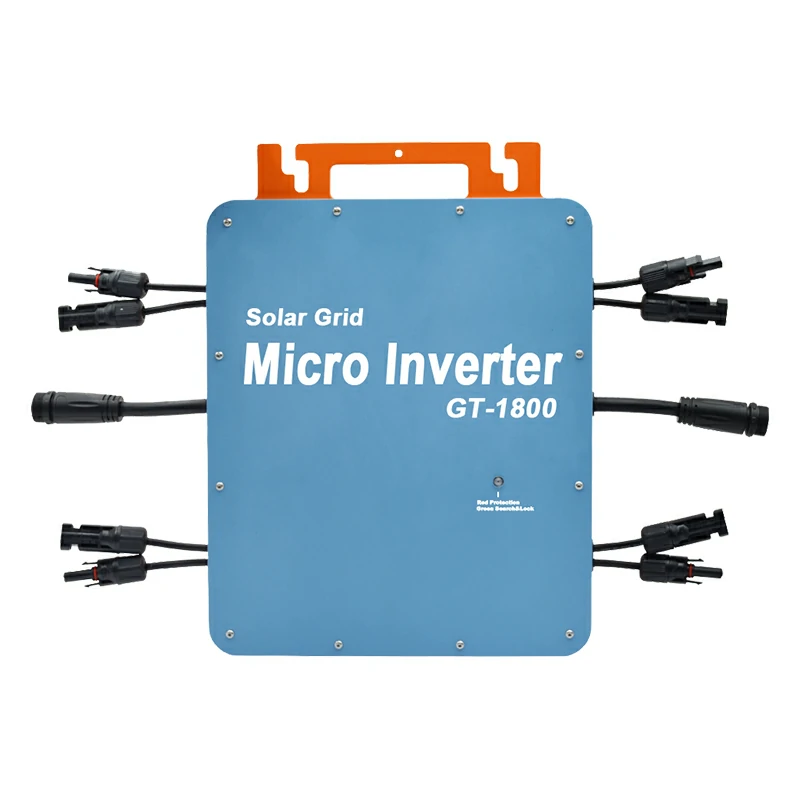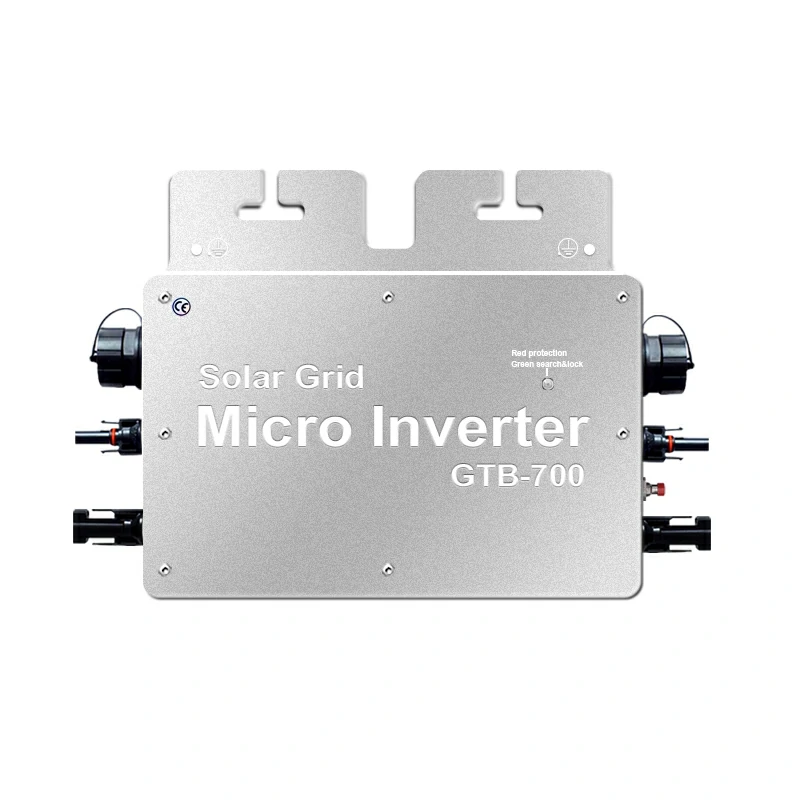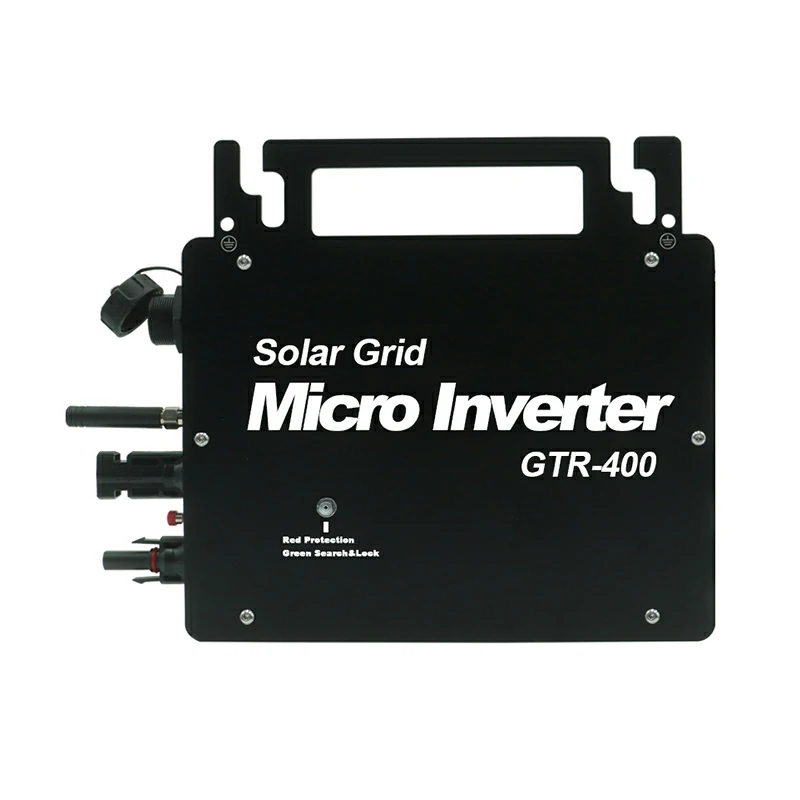Introduction

The landscape of solar energy is rapidly evolving, and at the heart of this transformation are the technologies that convert the sun’s power into usable electricity. Two key players in this field are micro inverters and string inverters. As a leading microinverter manufacturer, this article aims to provide a detailed comparison between these two types of inverters. This comparison is crucial for anyone in the market for solar energy solutions, particularly those considering the purchase of a micro inverter. Whether you’re a homeowner, a business, or an enthusiast of solar technology, understanding the nuances between these two can significantly impact your solar energy experience.
In recent years, the popularity of solar micro inverters has surged. These devices, integral to the efficiency of solar panels, have become a focal point for many manufacturers and users alike. But what sets micro inverters apart from string inverters? And why are they becoming a preferred choice in many solar installations? This article aims to shed light on these questions, offering insights into the world of solar power inverters.
Basic Understanding of Solar Inverters
Before diving into the specifics of micro and string inverters, let’s establish a foundational understanding of what solar inverters do in a solar panel system. An inverter’s primary role is converting the direct current (DC) electricity generated by solar panels into alternating (AC) electricity. This conversion is essential because most home appliances and the grid operate on AC power.
Micro Inverters
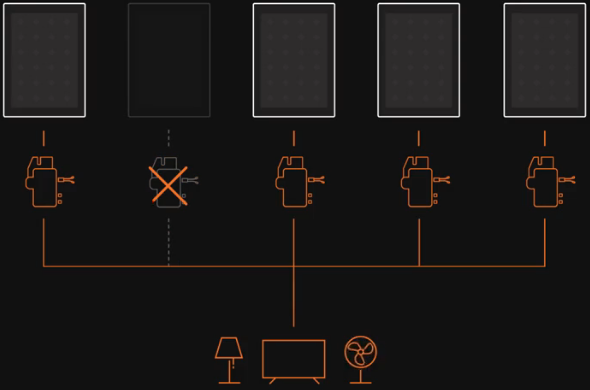
As their name suggests, micro inverters are small inverters attached directly to individual solar panels. Unlike traditional systems, where a single inverter is used for the entire solar array, micro inverters are installed at a modular level. This setup enhances the efficiency and performance of each solar panel independently.
String Inverters

On the other side of the spectrum are string inverters. These devices connect a ‘string’ of solar panels, with the inverter converting the collective DC output of these panels into AC power. String inverters have been the standard in the solar industry for years, known for their simplicity and cost-effectiveness in specific applications.
Both types of inverters have unique advantages and applications, so understanding their differences is critical for anyone considering a solar energy system.
What are Micro Inverters?

Micro inverters represent a significant advancement in solar technology. As a micro inverter manufacturer, we focus on enhancing the efficiency and functionality of these devices. Let’s delve into what makes micro inverters compelling for many solar energy systems.
Key Features of Micro Inverters
IP67 Waterproof Rating
One of the standout features of micro inverters is their IP67 waterproof rating. This rating ensures that each inverter is completely protected against dust ingress and can withstand temporary immersion in water. This robust protection is crucial for outdoor installations, where exposure to the elements is daily.
MPPT Technology
Micro inverters are equipped with Maximum Power Point Tracking (MPPT) technology. MPPT is an advanced feature that allows each inverter to adjust its working parameters to maximize the power output of the solar panel it’s connected to. This technology is particularly beneficial in conditions with variable solar irradiance, such as cloudy or partially shaded environments.
Module-level Monitoring and Diagnostics
Another significant advantage of micro inverters is their level of monitoring and diagnostics. Each inverter can be monitored and diagnosed individually, providing detailed insights into the performance of each solar panel. This granular level of information is invaluable for maintaining optimal performance and quickly addressing any issues.
Custom App Integration
Modern micro inverters often come with custom app integration, allowing users to remotely monitor and manage their solar panels. This feature offers convenience and control, making it easier for users to track their system’s performance and make informed decisions about their energy usage.
These features collectively make micro inverters highly efficient, reliable, and user-friendly for solar energy enthusiasts and professionals.
What are String Inverters?
String inverters have been a foundational component in the solar energy sector for quite some time. Understanding their role and functionality is crucial in comparing them with micro inverters.
Functionality of String Inverters
In a string inverter setup, multiple solar panels are linked in a series, forming a ‘string.’ This configuration means that the DC power generated by these panels is combined and then converted into AC power by a single string inverter.
General Features
String inverters are often praised for their simplicity and cost-effectiveness, especially in installations where solar panels receive uniform sunlight. However, they do have some limitations, particularly in their ability to handle shading or panel soiling. In a string setup, if one panel underperforms due to shade or dirt, it can affect the performance of the entire string, a phenomenon known as the ‘Christmas light effect.’
Despite this, string inverters remain popular in many solar installations due to their proven track record, ease of installation, and lower upfront costs than microinverter systems.
Ideal Use Cases
String inverters are typically well-suited for large-scale solar installations with consistent sunlight exposure. They are also common in residential settings where shading is not a significant issue, and all panels are oriented in the same direction.
Understanding these aspects of string inverters helps draw a comprehensive comparison with micro inverters, allowing potential users to make more informed decisions based on their specific solar energy needs.
Comparison: Efficiency and Performance
When evaluating solar inverters, two critical factors are efficiency and performance under varying conditions. Here’s how micro and string inverters stack up against each other in these aspects.
Efficiency in Varied Conditions
- Micro Inverters: One of the primary advantages of micro inverters is their ability to maximize the efficiency of each panel. Thanks to MPPT technology, each inverter adjusts to get the most out of its connected board, regardless of the performance of other meetings in the array. This feature is particularly beneficial when panels are subjected to different shading conditions or orientations.
- String Inverters: In contrast, the efficiency of a string inverter system can be significantly impacted by the weakest-performing panel in the string. If one panel is shaded or dirty, the output of all meetings in that string is potentially reduced, leading to decreased system efficiency.
Performance in Shading and Partial Light Conditions
- Micro Inverters: Micro inverters excel in handling partial shading. Since each panel operates independently, the impact of shading on one meeting doesn’t affect the output of others. This independence ensures more consistent performance across the entire solar array.
- String Inverters: String inverters are less adaptable to partial shading. Since panels in a string are interdependent, shading on even one panel can reduce the output of the entire series, making them less ideal for areas with frequent shading issues.
This comparison highlights the importance of considering the specific conditions of your solar installation site. Micro inverters offer greater flexibility and efficiency, especially in environments where shading or panel orientation varies, whereas string inverters may be more cost-effective in uniform, shade-free installations.
Installation and Scalability
The ease of installation and the ability to scale the system are crucial factors in choosing the right type of inverter.
Micro Inverters
- Ease of Installation: Micro inverters are generally straightforward to install, as they are attached directly to each solar panel. This modular approach offers installation flexibility and is less complex in terms of wiring.
- Scalability: Scalability is a significant advantage of micro inverters. You can quickly expand your solar array by adding more panels with micro inverters without overhauling the system.
String Inverters
- Ease of Installation: String inverters require a more centralized setup. While this can be simpler in large installations with uniform panels, it does require careful planning, especially in terms of string configuration and panel orientation.
- Scalability: Expanding a string inverter system often means adding more strings or upgrading the inverter, which can be more complex and costly than micro inverter systems.
Maintenance and Reliability
Maintaining peak performance and ensuring reliability are critical considerations for any solar energy system.
Micro Inverters
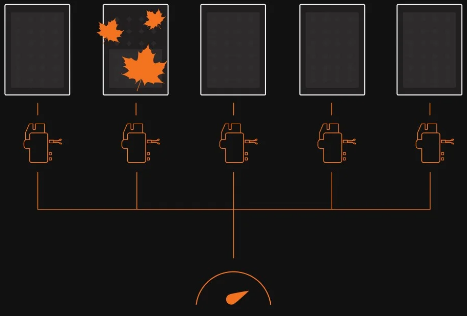
- Maintenance: With their advanced monitoring capabilities, micro inverters allow for easier identification of issues at the panel level, facilitating maintenance and reducing downtime.
- Reliability: The decentralized nature of micro inverters means that the failure of one unit doesn’t affect the entire system, enhancing overall reliability.
String Inverters

- Maintenance: Maintenance for string inverters can be less frequent but require more extensive work, as issues can affect the entire string or system.
- Reliability: While string inverters are generally robust, their centralized nature means that an issue can impact the performance of the entire solar array.
In conclusion, micro inverters offer more flexibility, ease of installation, scalability, and superior maintenance and reliability features. String inverters are more suitable for more extensive, uniform facilities where simplicity and upfront cost are primary concerns.
Cost Analysis and ROI

Understanding the financial implications, including the initial investment and the long-term returns, is crucial for anyone considering a solar energy system.
Micro Inverters
- Upfront Costs: Micro inverters typically have a higher initial cost than string inverters, mainly due to the need for an inverter at each panel.
- Long-term Benefits: The higher upfront cost can be offset by the increased efficiency, especially in shaded or complex roof layouts. The advanced monitoring capabilities also allow for proactive maintenance, potentially reducing long-term costs.
- ROI: Given their efficiency in varied conditions and lower maintenance needs, micro inverters can offer a better return on investment over time, especially in residential or small-scale commercial installations.
String Inverters
- Upfront Costs: String inverters are generally more affordable initially, making them an attractive option for budget-conscious consumers.
- Long-term Benefits: While less expensive upfront, string inverters may have lower overall efficiency in certain conditions and could require more significant maintenance in case of system-wide issues.
- ROI: The ROI for string inverters can be favorable in large-scale, uniform installations with minimal shading. However, efficiency losses might affect long-term returns in more complex structures.
When considering cost and ROI, it’s essential to evaluate the specific conditions of your installation site and how they affect the performance and efficiency of the chosen inverter type.
Addressing Common User Concerns
When choosing between micro and string inverters, potential users often have several concerns and queries. Here, we aim to address some of the most common ones.
Concerns About Micro Inverters
- Cost: The higher initial cost is a frequent concern. Considering the long-term savings due to increased efficiency and lower maintenance costs is essential.
- Technology Complexity: Some users need more clarity about the complexity of micro inverters. However, their advanced monitoring systems and user-friendly interfaces often make them easier to manage than expected.
Concerns About String Inverters
- Shading Impact: The effect of shading on string inverters is a common concern. Micro inverters might be a more efficient choice in areas with variable shading.
- System Expansion: Concerns about expanding a system with a string inverter can arise. Planning for potential expansions is crucial when installing a string inverter system.
By understanding these concerns and addressing them head-on, users can make more informed decisions that align with their needs and circumstances.
Conclusion
Choosing between micro and string inverters ultimately depends on various factors, including installation conditions, budget, and long-term energy goals. Micro inverters offer enhanced efficiency, individual panel monitoring, and greater flexibility in installation and expansion, making them a strong choice for residential and complex structures. String inverters are a viable option for large-scale, uniform installations with their cost-effectiveness and simplicity.
As the solar industry continues to evolve, both types of inverters play pivotal roles. By considering the specific needs of your solar installation and weighing the pros and cons of each inverter type, you can make a choice that suits your immediate requirements and ensures long-term satisfaction and returns from your solar energy investment.

